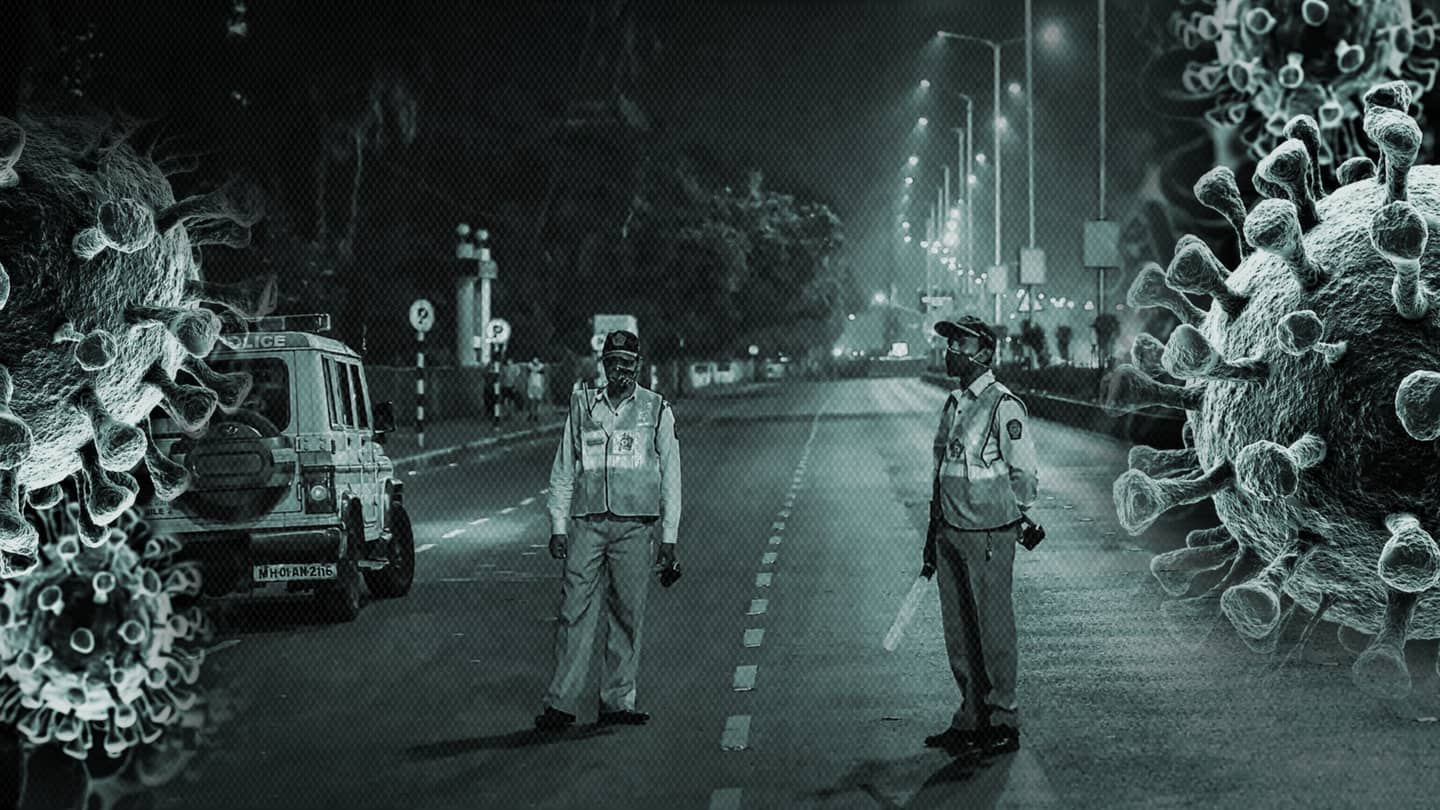
Amid states' lockdowns, India's Global Stringency Index score touches 74
What's the story
India's score on the Global Stringency Index, calculated by the Oxford Coronavirus Government Response Tracker (OxCGRT), stood at 74 on April 30 up from 58 on April 1. Calculated on the basis of nine parameters, it is updated twice a week. India's score is likely to rise further in view of partial or complete lockdown imposed in 26 states and union territories (UTs).
Lockdowns
Only a few states have imposed complete lockdowns
At least 26 states/UTs currently have COVID-19 restrictions in place, with nearly 98% of India's population under some form of lockdown, according to India Today. States like Tamil Nadu, Uttar Pradesh, Kerala, Karnataka, Rajasthan, Bihar, Delhi, and Maharashtra have imposed full lockdowns. Only certain restrictions are in place in states such as Gujarat and Himachal Pradesh, even as calls for lockdown continue to grow.
Definition
What is the Global Stringency Index?
Developed by the Blavatnik School of Government, University of Oxford, the index on any given day is calculated as the average score of nine parameters, each taking a value between 0 and 100. These include school closures; workplace closures; cancellation of public events; restrictions on public gatherings; closures of public transport; stay-at-home requirements; public information campaigns; restrictions on internal movements; and international travel controls.
Assessment
Tracker records strictness of curbs; not effectiveness
According to Our World in Data, the index only records the strictness of government policies and does not measure their appropriateness or effectiveness. A higher score on the scale indicates a stricter response and does not imply that a country's response is "better" than others. If policies vary at the sub-national level, the index is shown as the response level of the strictest sub-region.
Recent news
India's score fluctuated from March to April
India's score had jumped from 57.87 (between March 9 and April 2, 2021) to 74.54 on April 3, reported India Today. It then slightly dropped for the next few days and hovered around the 70-mark, and remained at 69.91 from April 5. During the national lockdown last year, India's score stood at 100 on the index between March 25 to April 19, 2020.
Comparison
How does India's score compare to rest of the world?
India on April 10 was placed at the 32nd position out of 102 countries, for which data was available till April 17. On April 10, Mauritius's score stood at 96.3, followed by Greece (87.96), Mongolia (87.96), Venezuela (87.96), and Eritrea (85.19). In 2020, China (79.17), United Kingdom (79.63), Germany (76.85), United States (72.69), and Brazil (71.76) had also reported high scores.
Risk
Second wave threatens India's economic recovery: US-based rating agency
As COVID-19 cases continue to rise steadily, Andrew Wood, director of US-based S&P Global Ratings, on Friday told Mint that the second wave of the pandemic could threaten the strong economic recovery the country has seen so far. Depending on when the second wave peaks, the agency expects growth to fall to 9.8% under a moderate scenario, and 8.2% under a severe scenario.
Statement
Muted economic impact expected compared to first wave: Finance Ministry
In its monthly economic review, the Union Finance Ministry on Friday said there is a downside risk to growth in the first quarter of FY22. However, India can expect a muted economic impact as compared to the first COVID-19 wave. Learning to "operate with COVID-19, as borne by international experience, provides a silver lining of economic resilience amidst the second wave," its statement read.